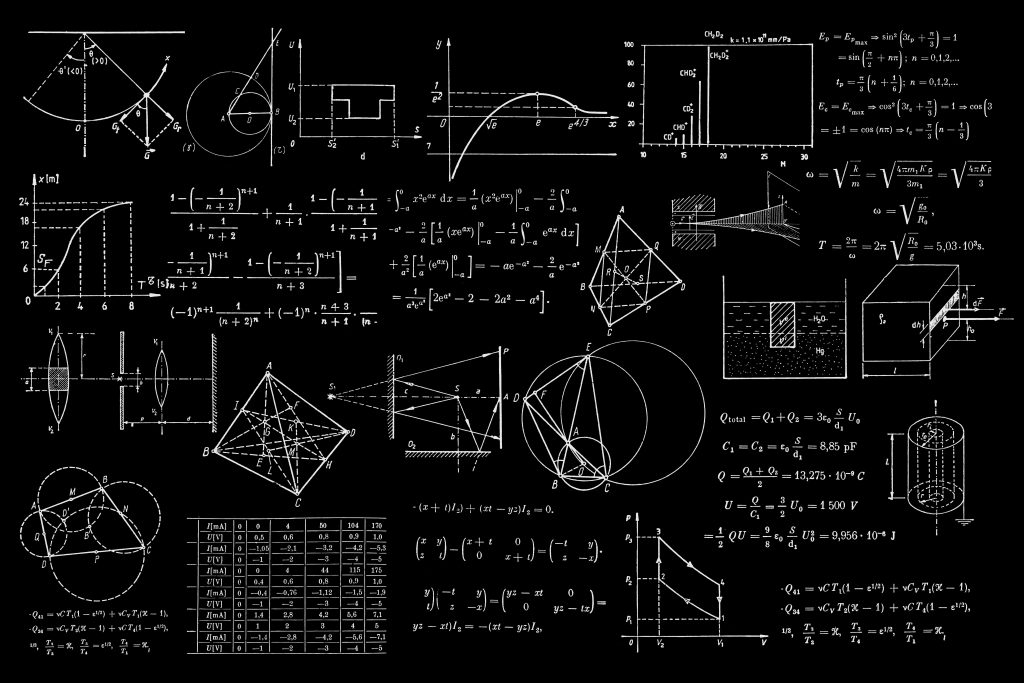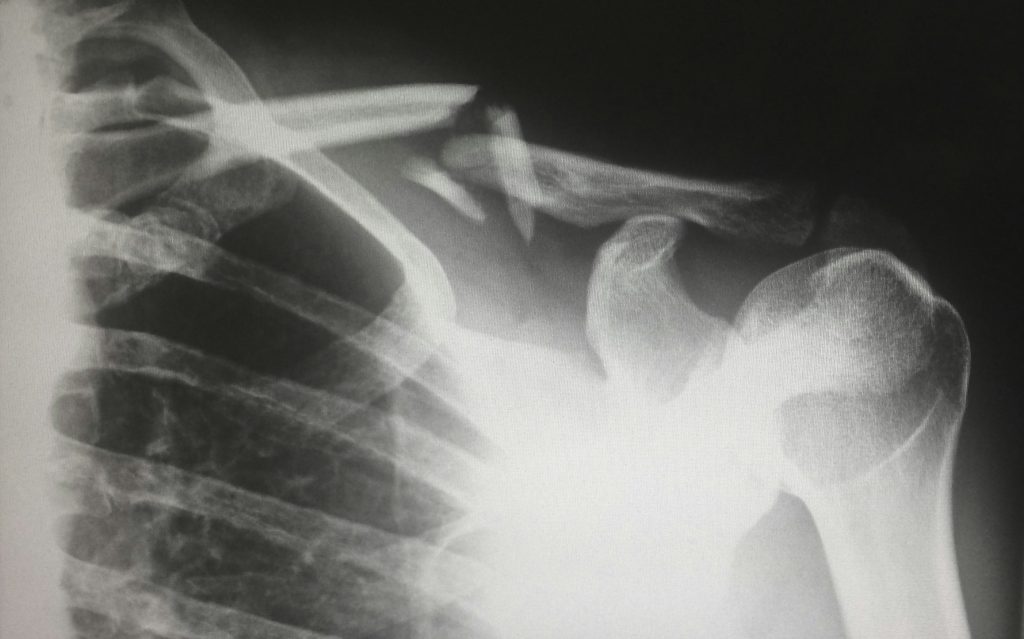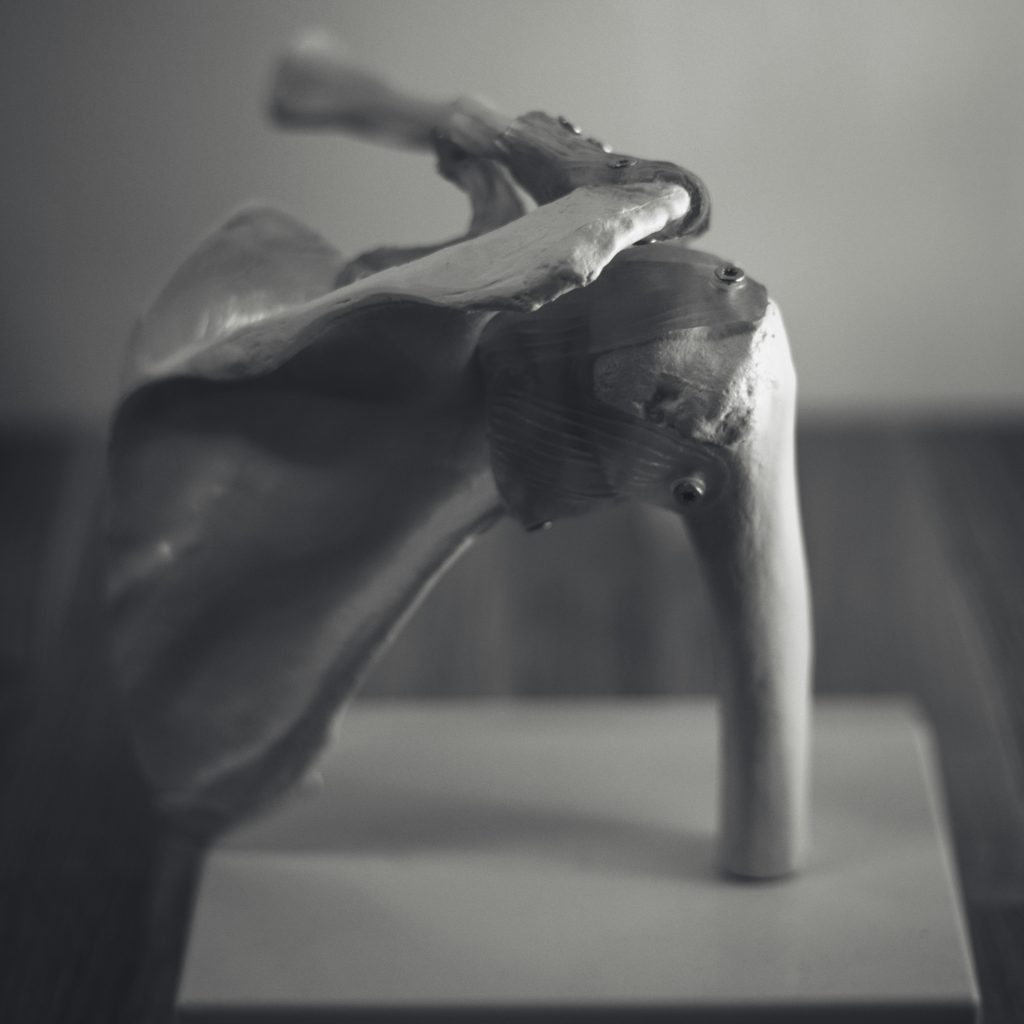
- Impingement
- Subacromial Impingement
- Defined: Subacromial impingement occurs when the tendons of the rotator cuff and the subacromial bursa become pinched or irritated between the acromion and the head of the humerus. This can occur due to a type 2 or 3 acromion that can cause an anterior hook of bone to encroach the subacromial space. However, it can also be the cause of poor scapulohumeral and thoracic rhythm causing a reduction in the normal tilt, rotation, and glide of the scapula, shrinking the space between the acromion and humerus and compressing the cuff tendons. This compression can lead to tendinopathy of the tendons or tears over time. Symptoms may include pain when reaching overhead or rotation of your arm, pain is usually located on the outside or front part of your shoulder. This impingement will also inhibit strength and power of the muscles, reducing the function of throwing.
- Nature of the Injury: Chronic
- Risk Reduction Strategies:
- Ensure proper lat mobility, pec minor mobility, rhomboids and upper trap mobility.
- Focus on strengthening the upward rotators of the scapula, especially the lower trap and serratus anterior for a proper force couple.
- Focus on allowing full scapular mobility in retraction and protraction around the rib cage on all rowing and pressing exercises. Lead rows with scapular retraction.
- Assess throwing mechanics to ensure a prevention of excessive elbow elevation above shoulder height or shrugging. Elevation of the numerous above 90d increases impingement risk.
- Have a consistent and well planned rotator and scapular strengthening program in-season and during the off-season.
- Posterior/Internal Impingement
- Define: Posterior or internal impingement in throwers is a condition where the rotator cuff becomes compressed between the humeral head and the glenoid/posterior angle of the acromion during specific throwing motions. This type of impingement typically occurs in the late cocking (layback) and early acceleration phases of the throwing motion. Posterior impingement is often associated with excessive external rotation and abduction of the shoulder, leading to a larger angulation between the shoulder blade and humerus. Symptoms may include pain in the back of the shoulder, decreased range of motion, and weakness during throwing activities.
- Nature of the Injury: Chronic
- Risk Reduction Strategies:
- Prevention of anterior instability and obligate translation of the humeral head but addressing posterior shoulder tightness and capsular stiffness.
- Maintenance and strengthening of the posterior rotator cuff musculature.
- Prevention of pec stiffness causing scapular tilting and tipping, as well as, improvement of posterior scapular muscle strength to improve retraction, ER, and posterior tilt.
- Subacromial Impingement
- Strains (Grade 1-3)
- Define: Strains are tearing of the muscle fibers instead of injury to the tendons. Grade 1 and 2 are lower level strains that affect less of the muscle fibers and heal predictably well with rotator cuff strengthening and a periodized strengthening routine. Grade 3 strains are often referred to as “tears” in which more significant injury to the muscle fibers have taken place. At times this will require surgical intervention, however, almost all muscle strains can respond well and heal with a good mechanotransduction focused loading protocol.
- Nature of the Injury: Chronic or Acute
- Risk Reduction:
- Maintain good tissue strength and power. Have a year-long plan for the progression and maintenance of cuff tissue.
- Prevent overuse and excessive chronic stress to the tissue.
- Treat impingements early.
- Cuff Tendionapthy
- Define: Rotator cuff tendinopathy is a condition that affects the tendons of the rotator cuff, a group of four muscles and their tendons that surround the shoulder joint and keep it stable. The tendons attach the rotator cuff muscles to the shoulder bone. Tendonitis refers to inflammation of a tendon, but rotator cuff tendinopathy is a more general term that encompasses both inflammation and degeneration of the tendon. The degeneration can involve tiny tears in the tendon. Rotator cuff tendinopathy is a common cause of shoulder pain. It’s especially common in people who overuse their shoulders, such as athletes who throw overhead
- Nature of the Injury: Chronic
- Risk Reduction:
- Treat impingements when the pain first arises.
- Prevent acute spikes in workload or periods of high chronic stress
- Ensure that tendons are being trained both eccentrically and reactively to promote both tendon thickness and stiffness while optimizing young’s modulus.
As you can see many of the rotator cuff based injuries in the throwing population arise from poor loading strategies, poor scapular mechanics, and/or poor management of volume. A detailed arm care plan, lifting protocol, and throwing system can go a long way to reducing the likelihood of these injuries.




